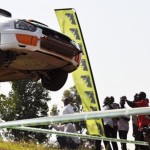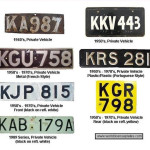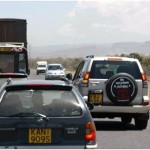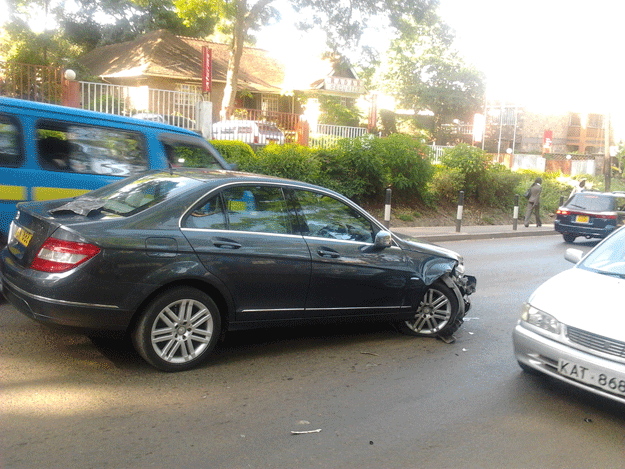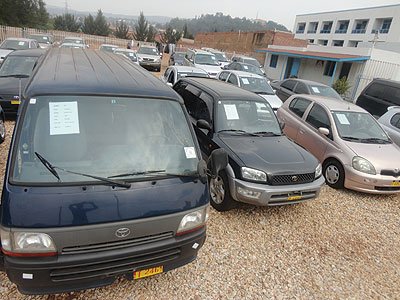Road trip fundamentals
While there are many ways to appreciate the motor industry; from rallying to drifting and from customizing your car to classic car shows, none comes close to just getting into your car and going for a long drive on a wonderful road. Sure most people will not just drive for the sake of driving and soaking up the scenery of which Kenya has plenty.
Most people only go for a long drive when they have to, not when they want to. But whatever the reason, there are simple things to remember to ensure you avoid unpleasant situations and have a safe and enjoyable drive. Below is a list I compiled to address some of the issues I came across on my most recent asphalt excursion.
The Car
The car should be up for the job as most journeys end up in a roadside breakdown because it was not ready for a long trip. Think of it like this, you can walk to and from work for a whole year, without noticing anything unusual about your body, but if you go for a 10km marathon on one day, your body rewards you with severe pain since it is not used to the punishment. Similarly, cars used daily for short trips to work and the supermarket may not show any signs of serious wear, but the same car, taken on an especially long journey may develop serious issues along the way.
On one road trip we had to stop and let the brakes cool after they got red hot to the point one of my friends lit a cigarette by touching it to the brake pad. A thorough examination is therefore prudent. All the tires should be in good condition, check all the belts in the engine bay, leaks and shock absorbers among other things. A proper check up costing a few hundred shillings is bound to save you thousands more at the roadside of a highway in case of a breakdown.
The Driver
Naturally our bodies are used to the routine that we follow on a daily basis. Considering we may not be used to driving for long periods, they may not cope well especially with a sudden demand to work all day behind the wheel. It is advisable that the driver sleeps early. Avoid intoxicants the day before, results of which will carry over on the day of the trip.
Recent research has shown a previously unknown phenomenon known as micro-sleep that affects long distance drivers. Micro-sleep is when the driver nods off for a second, sometimes less and is not noticeable even to the driver himself. It is most notorious on very straight roads that lull the driver into a false sense of security, but a millisecond of distracted driving is all that it takes to end up in a nasty accident.
The driver should also know some basic highway etiquette, hoot while overtaking and keep an eye on the indicators. Truck drivers are very wonderful people. They know that their trucks are slow and obstruct your view ahead. Most will let you know if the road ahead is clear because they can see much further than you.
If you are about to overtake and the right indicator goes on, he is informing you that the road ahead is not clear and if the left indicator starts blinking then the road is clear. You may overtake, a hoot to say thank you is part of the etiquette as you go past. If you are driving fast and you notice something that will cause you to slow down quickly, it is always best to put on the hazards to inform the driver behind you that you are slowing down and avoid them ramming you from behind.
The Route
Thankfully this is the digital age, where a lot of information is available online. Check the distance to know how much to carry for fuel but more importantly, know the state of the road(s). On social media, Kenyans have a group where they update any incidents on the road they are traveling.
Maybe an accident that may cause a traffic snarl up, road works or even the dreadful university riots that for some reason always target motorists. It pays to do a bit of research on the route you are going to be driving. All in all, the scouts motto of always being prepared is part of motoring traditions. Wishing you all safe journeys in the New Year.
Source: THE PEOPLE



